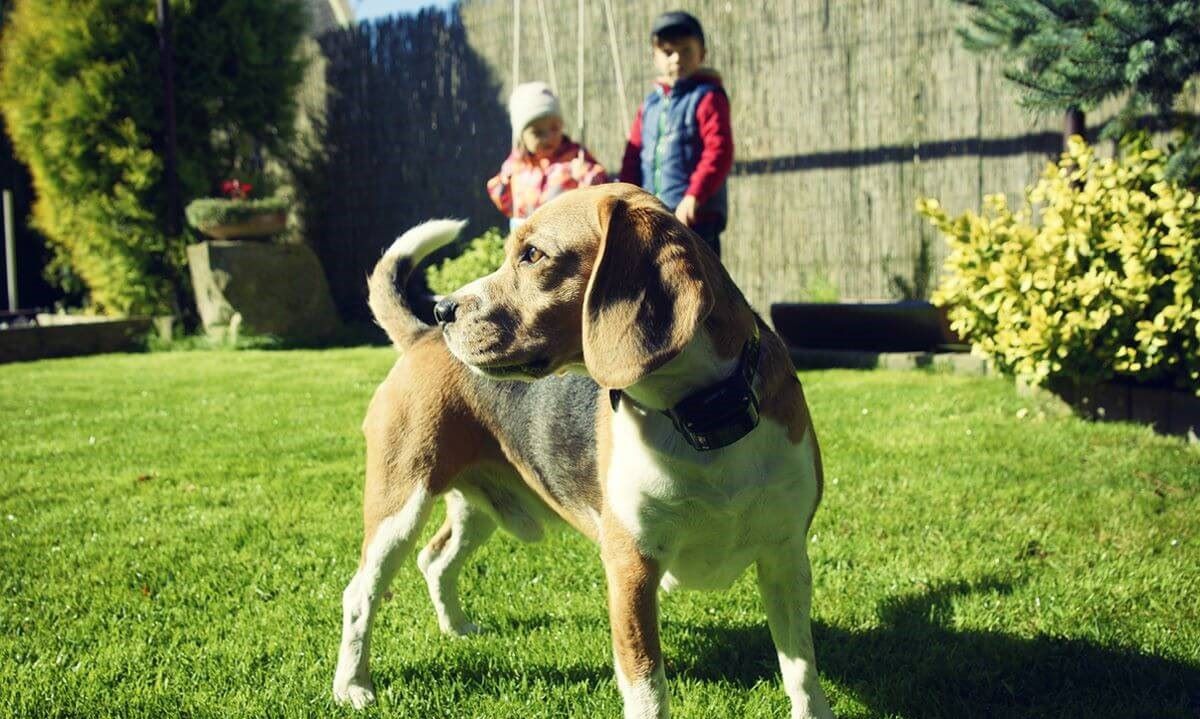

Articles
How To Adjust Invisible Fence Collar Strength
Modified: May 6, 2024
Learn how to adjust the strength of your invisible fence collar with our informative articles. Ensure optimal safety and containment for your pets.
(Many of the links in this article redirect to a specific reviewed product. Your purchase of these products through affiliate links helps to generate commission for Storables.com, at no extra cost. Learn more)
Introduction
Welcome to the world of invisible fences! These innovative solutions have revolutionized pet containment, providing a safe and effective way to keep our furry friends within designated boundaries. However, to ensure optimal effectiveness, it is crucial to adjust the collar strength of these invisible fences.
Invisible fence collars are an essential component of the invisible fence system. They are worn by our pets and emit a mild electric stimulation when they approach the boundary line, teaching them to stay within the designated area. Adjustable collar strength allows pet owners to customize the level of stimulation based on their pet’s size, temperament, and training needs.
In this article, we will guide you through the process of adjusting invisible fence collar strength, ensuring that you can establish the perfect balance between keeping your pet safe and providing them with the necessary boundaries to thrive.
Key Takeaways:
- Customizing the collar strength of invisible fences is crucial for pet safety, training effectiveness, and individual needs. Follow a step-by-step guide, avoid common mistakes, and troubleshoot issues for a successful adjustment process.
- Prioritize your pet’s well-being by adjusting the collar strength gradually, observing their response, and maintaining open communication. Avoid common mistakes, troubleshoot issues, and seek professional guidance for a safe and effective invisible fence system.
Understanding Invisible Fence Collars
Before we delve into the process of adjusting the collar strength, let’s first understand the key components of invisible fence collars.
Invisible fence collars typically consist of a receiver unit, which is worn around your pet’s neck, and contact points that come into direct contact with your pet’s skin. These contact points transmit the mild electric stimulation that serves as a deterrent when your pet approaches the boundary line.
Modern invisible fence collars are designed with various features to cater to different pet sizes and temperaments. Some collars may have adjustable contact points to ensure a comfortable fit, while others may offer different stimulation levels or modes to suit your pet’s individual needs.
It’s important to note that invisible fence collars are not meant to harm or cause pain to your pet. The electric stimulation they emit is similar to a static shock, designed to startle your pet and discourage them from crossing the boundary line. It is essential to follow manufacturer guidelines and use collar strength adjustments responsibly to ensure your pet’s well-being.
Now that we have a basic understanding of invisible fence collars, let’s explore why adjusting collar strength is so crucial.
Importance of Adjusting Collar Strength
Adjusting the collar strength of your invisible fence is vital for several reasons. Let’s explore why this adjustment is so important:
- Customization: Every pet is unique, and their response to stimulation may vary. By adjusting the collar strength, you can customize the level of stimulation to suit your pet’s needs. This ensures that the stimulation is sufficient to discourage boundary crossing without causing undue stress or discomfort.
- Safety: The safety of your pet is the utmost priority. By properly adjusting the collar strength, you can ensure that the stimulation is strong enough to be effective in deterring your pet from crossing the boundary but not too strong that it causes harm or distress. Finding the right balance is key to keeping your pet safe.
- Training Effectiveness: Invisible fences are often used as training tools to teach pets their boundaries. By adjusting the collar strength, you can ensure that the stimulation is effectively communicating the message to your pet. If the stimulation is too weak, your pet may not fully understand the significance of the boundaries. On the other hand, if the stimulation is too strong, it may overwhelm or frighten your pet, hindering the training process.
- Adapting to Individual Needs: As your pet grows or their behavior changes, you may need to adjust the collar strength accordingly. Some pets may require a higher level of stimulation as they become more comfortable with the boundaries, while others may respond well to lower levels over time. Regularly assessing and adjusting the collar strength ensures that your pet’s needs are met at all stages.
- Injury Prevention: If the collar strength is set too high, it may cause unnecessary discomfort or even contribute to physical injuries. By adjusting the collar strength appropriately, you can minimize the risk of any potential harm to your pet’s well-being.
Now that you understand the importance of adjusting the collar strength, let’s proceed to our step-by-step guide on how to perform this adjustment.
Step-by-Step Guide: Adjusting Invisible Fence Collar Strength
Adjusting the collar strength of your invisible fence is a relatively simple process. Follow these step-by-step instructions to ensure a successful adjustment:
- Read the Manual: Familiarize yourself with the specific instructions provided by the manufacturer. It is important to understand their recommendations and any unique features or considerations for your particular invisible fence collar model.
- Prepare the Collar: Remove the collar from your pet’s neck and ensure it is turned off to prevent any accidental stimulation during the adjustment process.
- Locate the Adjustment Controls: Most invisible fence collars have adjustment controls located either on the collar unit itself or on a remote control device. Identify the appropriate controls based on the instructions provided.
- Start with the Lowest Setting: Begin with the collar strength set to the lowest level. This serves as a baseline to establish your pet’s sensitivity and response to stimulation.
- Observe Your Pet’s Reaction: With the collar placed around your pet’s neck, carefully monitor their behavior and response when they approach the boundary line. Look for signs of acknowledgement or deterrence, such as stopping or turning away. Ensure their well-being throughout the process.
- Adjust Gradually: If the lowest setting is not effective in deterring your pet, gradually increase the collar strength based on the manufacturer’s guidelines. Observe your pet’s response at each level and make adjustments accordingly.
- Find the Optimal Level: Continue adjusting the collar strength until you find the optimal level where your pet consistently responds and respects the boundary without unnecessary distress or discomfort.
- Test in Different Scenarios: It is crucial to test your pet’s response to the adjusted collar strength in various scenarios, such as distractions or tempting situations. This ensures that your pet understands and respects the boundaries even in challenging situations.
- Reassess and Fine-Tune: Regularly reassess the collar strength as your pet’s behavior and needs may change over time. Fine-tune the strength as necessary to maintain a proper balance between safety and effectiveness.
- Maintain Communication: Throughout the adjustment process, maintain open communication with your pet through positive reinforcement, praise, and rewards. This helps reinforce the boundaries and strengthens the training process.
Remember, each pet is unique, so finding the appropriate collar strength may require some trial and error. Take your time, be patient, and prioritize your pet’s well-being throughout the adjustment process.
Next, let’s explore some common mistakes to avoid when adjusting invisible fence collar strength.
To adjust the strength of an invisible fence collar, locate the adjustment dial on the collar and turn it to increase or decrease the level of static correction. Test the collar on yourself to ensure it is at a comfortable and effective level for your pet.
Common Mistakes to Avoid
When adjusting the collar strength of your invisible fence, it’s important to avoid these common mistakes to ensure the safety and effectiveness of the system:
- Setting the Collar Strength Too High: Avoid the temptation to set the collar strength at the highest level right from the start. This can cause unnecessary discomfort or distress to your pet and may even lead to injury. Start with the lowest setting and gradually increase it as needed.
- Skipping the Baseline Test: It’s crucial to begin with the lowest collar strength setting as a baseline test for your pet’s sensitivity and response. Skipping this step can result in an improper adjustment and ineffective boundary training.
- Adjusting Too Quickly: Each adjustment should be made gradually, allowing your pet time to adapt and respond to the stimulation. Rapid adjustments can confuse your pet and hinder the training process.
- Not Observing Your Pet’s Behavior: Pay close attention to your pet’s reaction while adjusting the collar strength. Look for any signs of discomfort, distress, or confusion. If you notice any adverse effects, stop the adjustment process and consult with a professional.
- Ignoring Manufacturer Guidelines: Every invisible fence collar comes with specific instructions and guidelines from the manufacturer. It is essential to read and follow these guidelines carefully to ensure proper adjustment and usage of the collar.
- Not Reassessing Collar Strength Over Time: Your pet’s behavior, size, and training needs can change over time. It’s crucial to regularly reassess the collar strength and make adjustments as necessary to maintain a suitable level of stimulation.
- Neglecting Positive Reinforcement: Remember to reinforce the boundary training process with positive reinforcement techniques, such as praise, treats, and rewards. This helps in establishing a positive association with the boundaries and encourages your pet to respect them.
- Overrelying on the Collar: While the invisible fence collar is an effective tool, it should not be the sole means of reinforcing boundaries. Combine the collar training with other forms of training, such as verbal commands and physical barriers, to enhance the effectiveness of the system.
Avoiding these common mistakes will help you navigate the process of adjusting invisible fence collar strength smoothly and effectively, ensuring the well-being and training success of your pet.
Next, let’s explore some troubleshooting tips for common issues that may arise during the adjustment process.
Troubleshooting Tips
While adjusting the collar strength of your invisible fence, you may encounter some common issues. Here are some troubleshooting tips to help you address these issues:
- Lack of Response: If your pet is not responding to the collar stimulation, ensure that the contact points are making proper contact with their skin. Check for any hair or debris that may be interfering with the connection. If the issue persists, consult with the manufacturer or a professional.
- Unusual or Excessive Reaction: If your pet is exhibiting signs of distress, pain, or unusual behavior in response to the collar stimulation, immediately discontinue the adjustment process. Consult with a professional to assess the situation and ensure the well-being of your pet.
- Inconsistent Response: If your pet’s response to the collar stimulation is inconsistent, evaluate the collar fit. Ensure that it is snug but not too tight, allowing the contact points to maintain good contact with the skin. Inconsistent responses may also be due to distractions or external factors, so consider testing in different scenarios.
- Battery or Connectivity Issues: If the collar is not working or consistently loses connection, check the battery to ensure it is properly charged or replace it if needed. Additionally, verify that the collar and control devices are within the specified range and not obstructed by any obstacles.
- Persistent Boundary Crossing: If your pet continues to cross the boundary despite proper collar adjustment, reassess the training process. Are you providing consistent and clear signals to your pet? Consider reinforcing training with verbal commands, physical barriers, and positive reinforcement techniques.
- Consult with Professionals: If you are facing persistent issues or are unsure about the adjustment process, don’t hesitate to reach out to professionals experienced in invisible fence systems. They can provide valuable guidance and assistance tailored to your specific situation.
Remember, troubleshooting is a normal part of the adjustment process, and with patience and perseverance, you can overcome any challenges while ensuring the effectiveness of your invisible fence.
Now that we’ve covered troubleshooting, let’s conclude our article.
Conclusion
Adjusting the collar strength of your invisible fence is a crucial step in ensuring the safety and effectiveness of the system. By customizing the collar strength to suit your pet’s needs, you can maintain appropriate boundaries and provide effective training.
Throughout this article, we have explored the components of invisible fence collars, the importance of adjusting collar strength, and a step-by-step guide to help you navigate the adjustment process successfully. We have also discussed common mistakes to avoid and provided troubleshooting tips to address any issues that may arise.
Remember, when adjusting collar strength, always prioritize your pet’s well-being. Start with the lowest setting and gradually adjust while closely observing your pet’s response. Regularly reassess and fine-tune the collar strength as your pet’s needs may change over time.
Positive reinforcement, alongside the invisible fence collar, plays a vital role in boundary training. Be consistent in providing verbal commands, physical barriers, and rewards to reinforce the training process and create a positive association with the boundaries.
In case you face persistent issues or are unsure about the adjustment process, don’t hesitate to seek guidance from professionals experienced in invisible fence systems. They can provide valuable insights and assistance tailored to your specific needs.
Adjusting the collar strength of your invisible fence may require some patience and trial-and-error, but with diligence, you can establish a safe and effective boundary for your pet. Enjoy the peace of mind knowing that your furry friend can explore and thrive within their designated area.
Thank you for reading our comprehensive guide on adjusting invisible fence collar strength. We hope this article has been informative and helpful in assisting you on this journey. Happy pet parenting!
Now that you've mastered adjusting your invisible fence collar strength, why stop there? Dive deeper into related topics with our insightful articles. Next up, discover the latest advancements in pet containment solutions in our upcoming feature, "9 Amazing Invisible Fence for 2024." This read promises to offer innovative options to keep pets safe while maintaining aesthetic appeal for your home landscape. Don't miss out on these exciting developments!
Frequently Asked Questions about How To Adjust Invisible Fence Collar Strength
Was this page helpful?
At Storables.com, we guarantee accurate and reliable information. Our content, validated by Expert Board Contributors, is crafted following stringent Editorial Policies. We're committed to providing you with well-researched, expert-backed insights for all your informational needs.
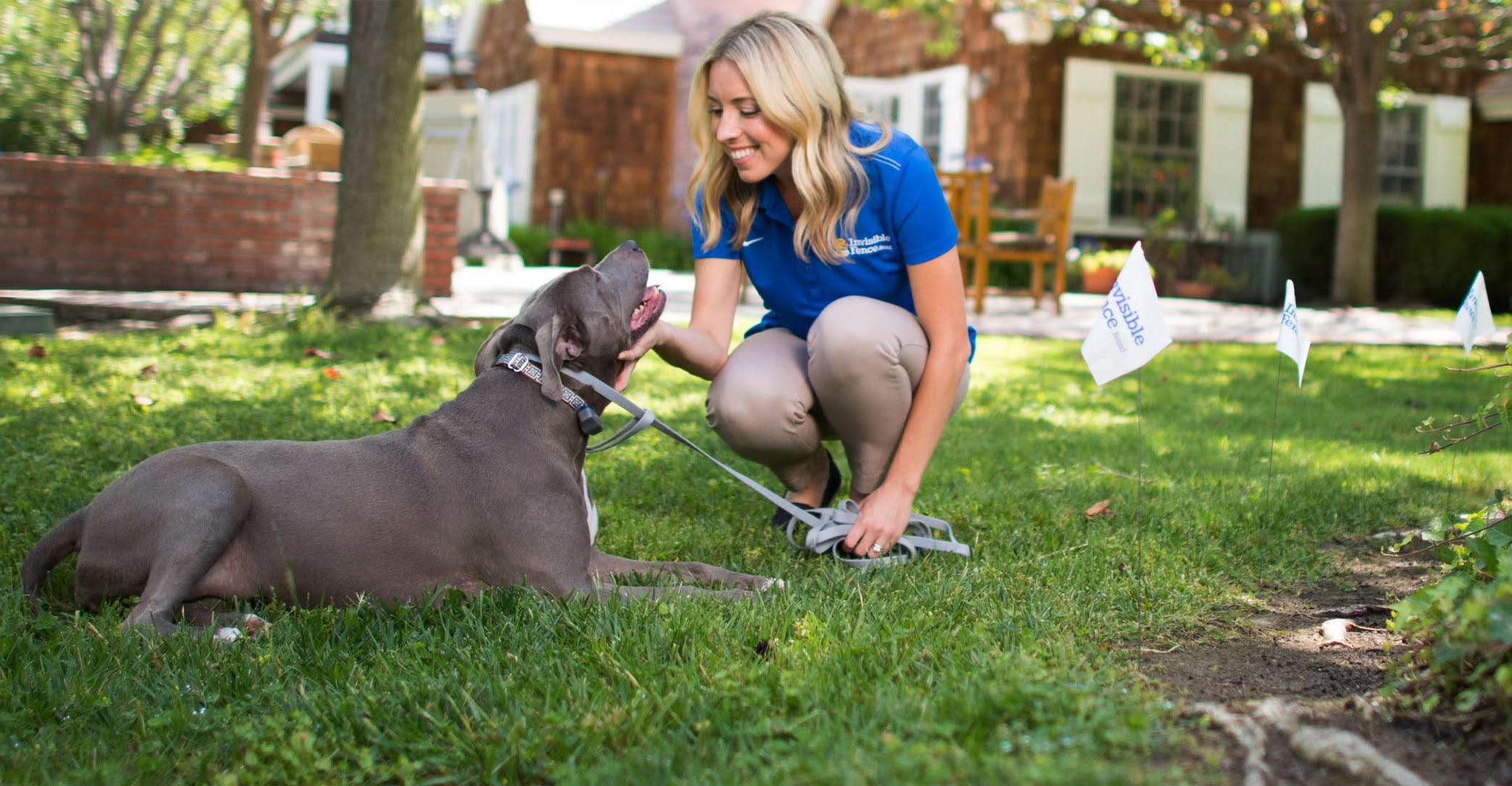
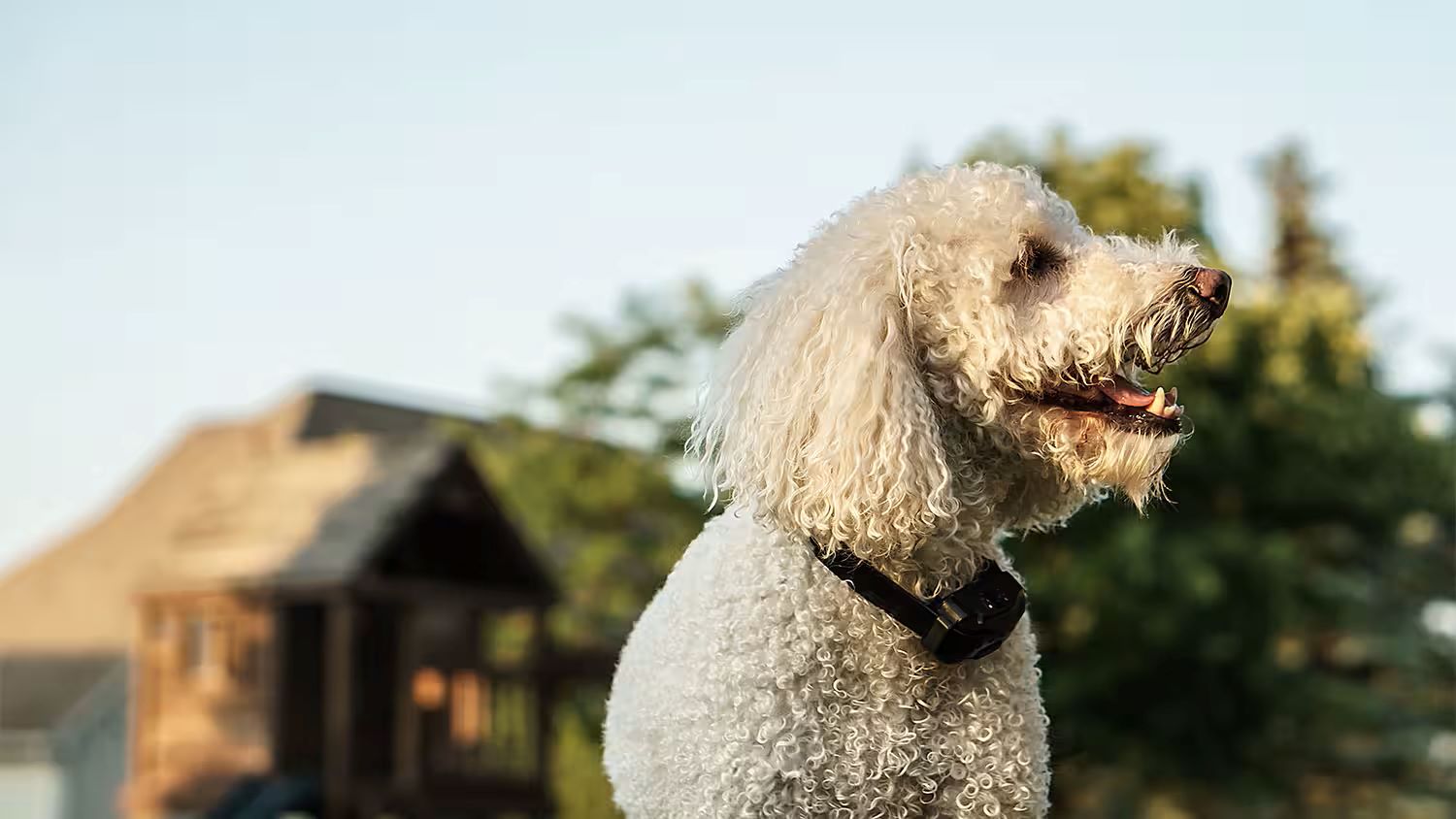
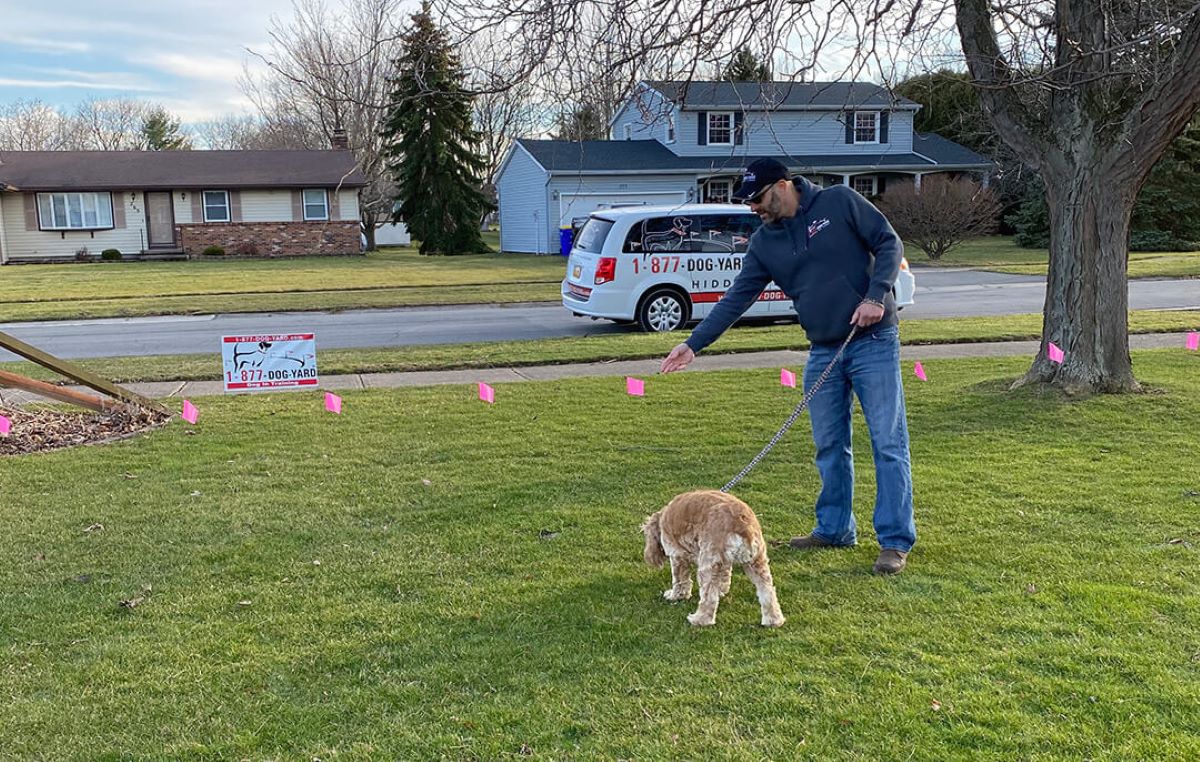
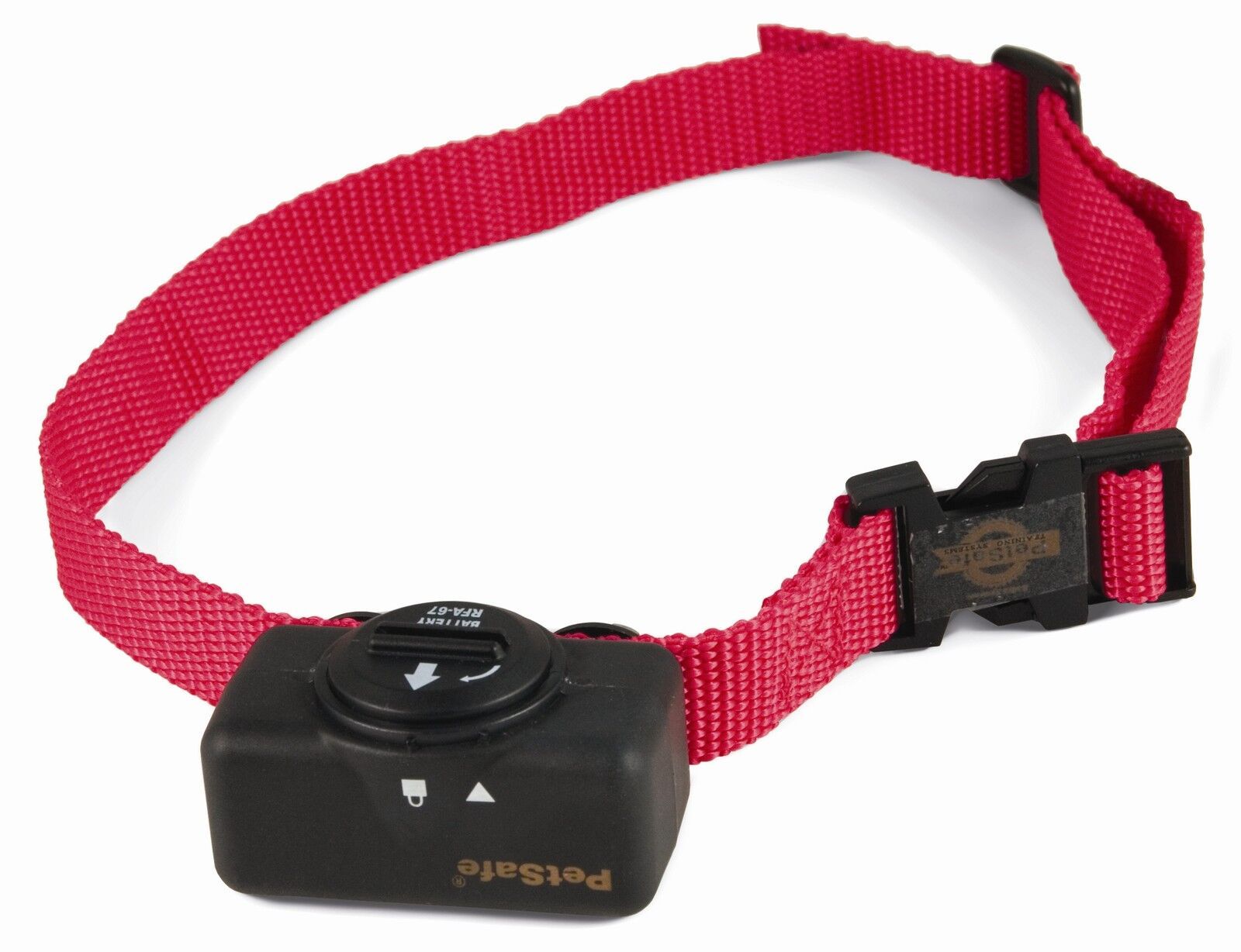

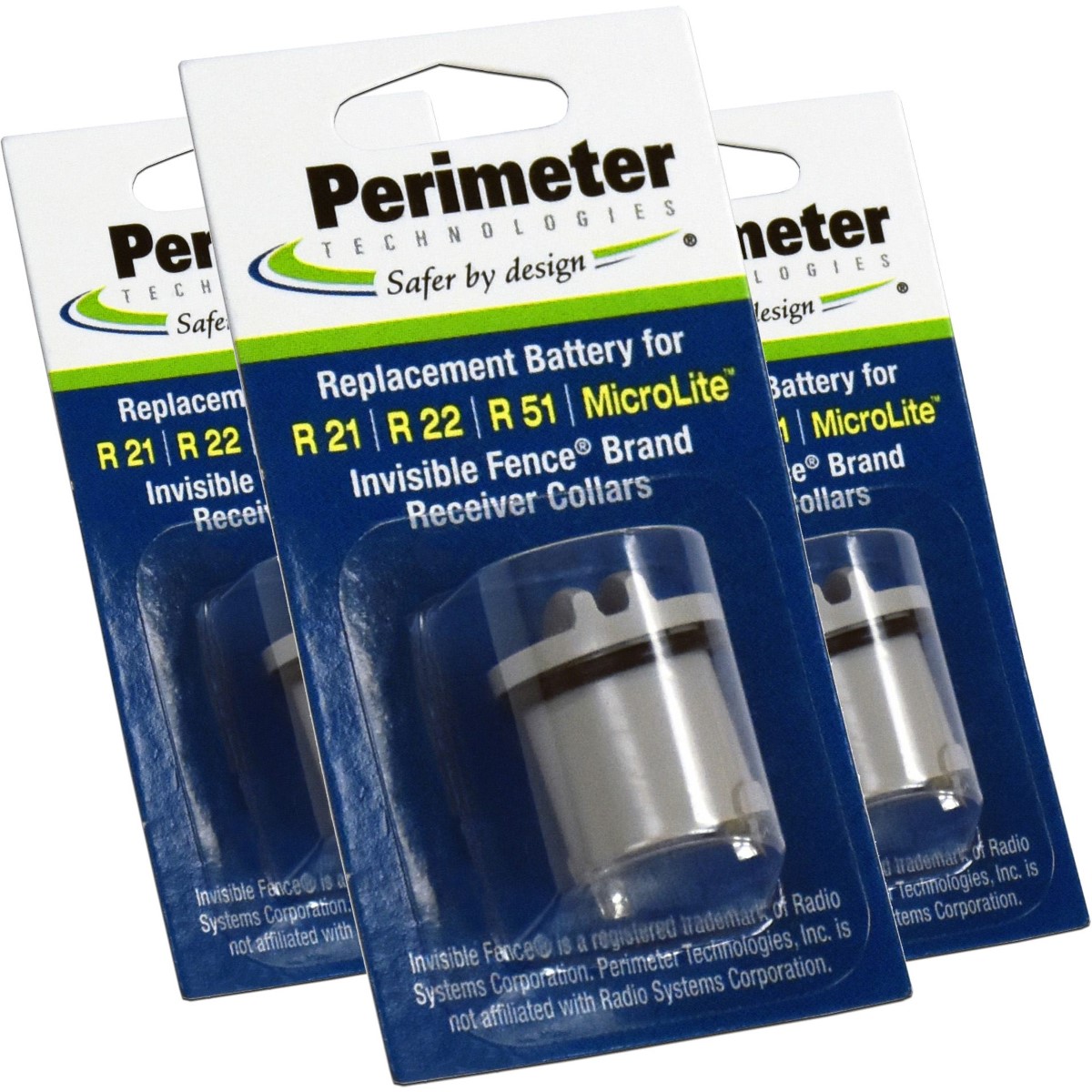

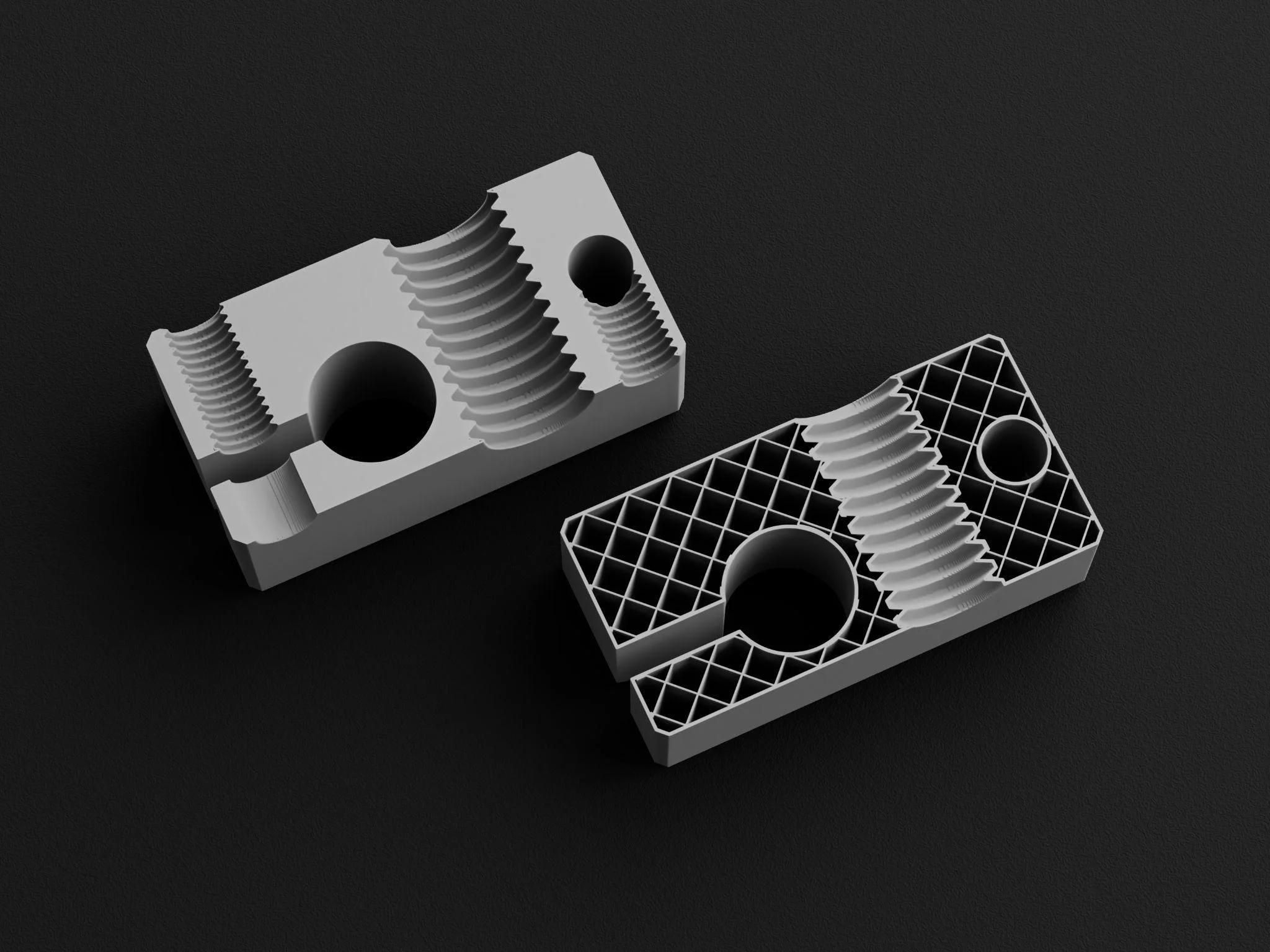
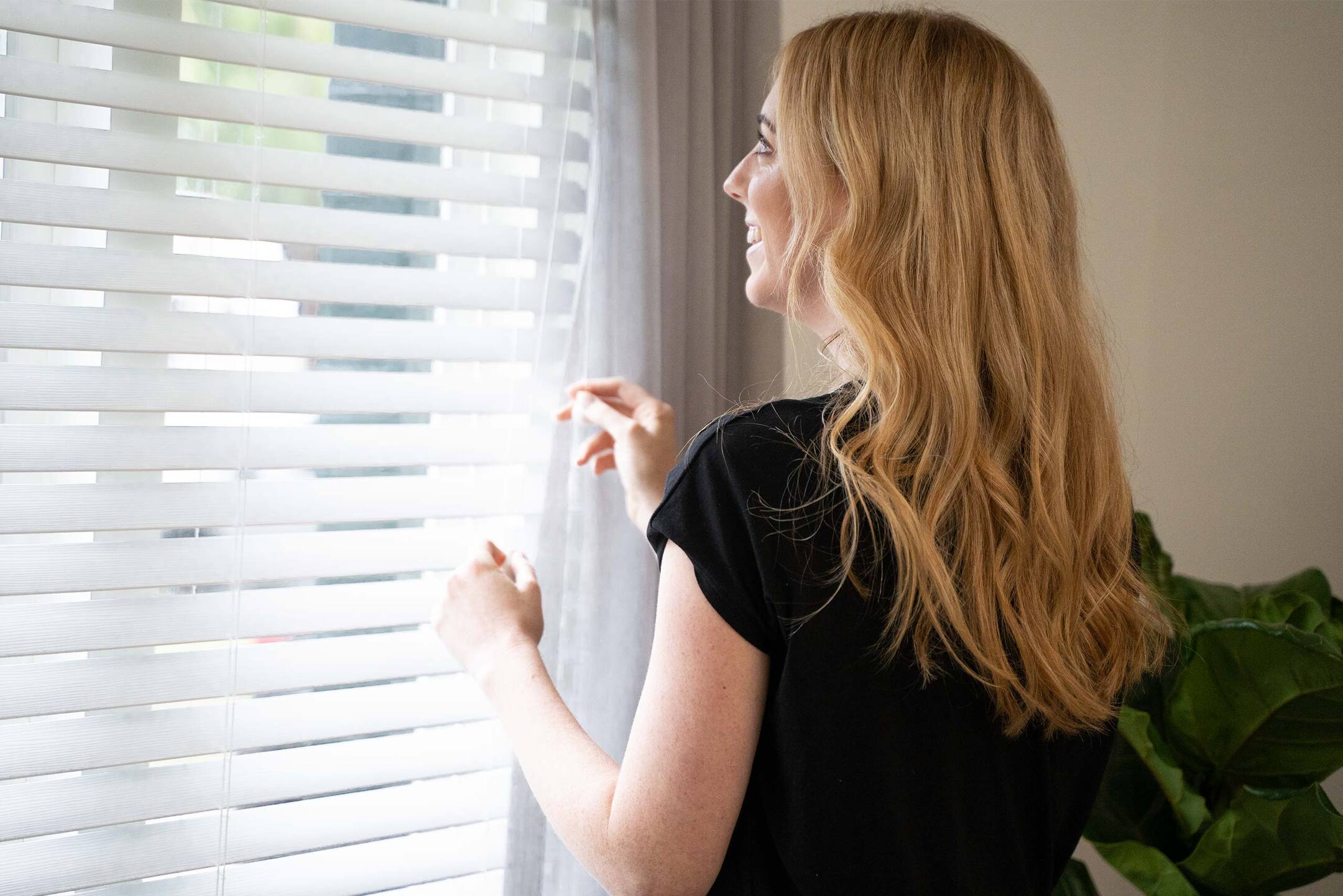
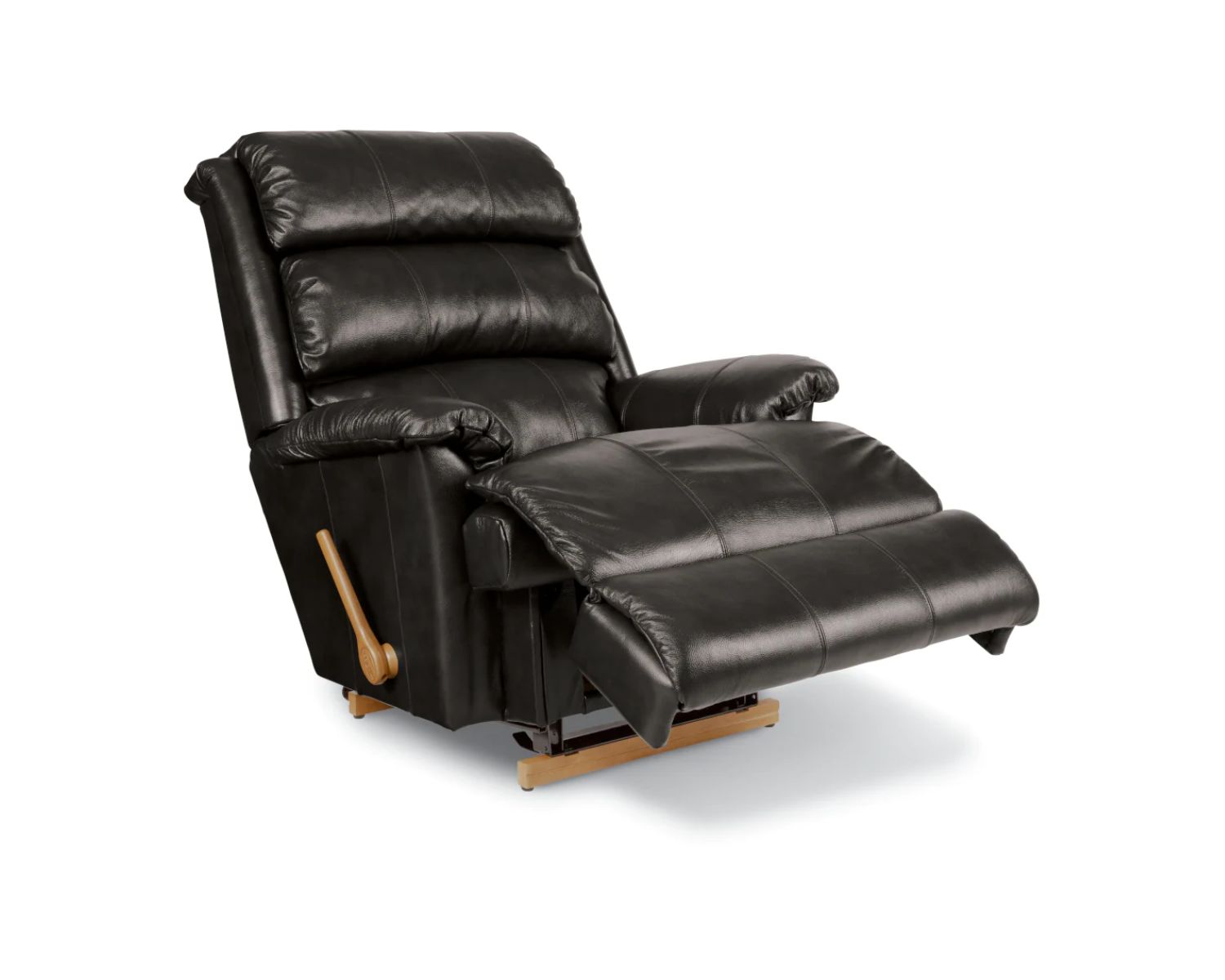
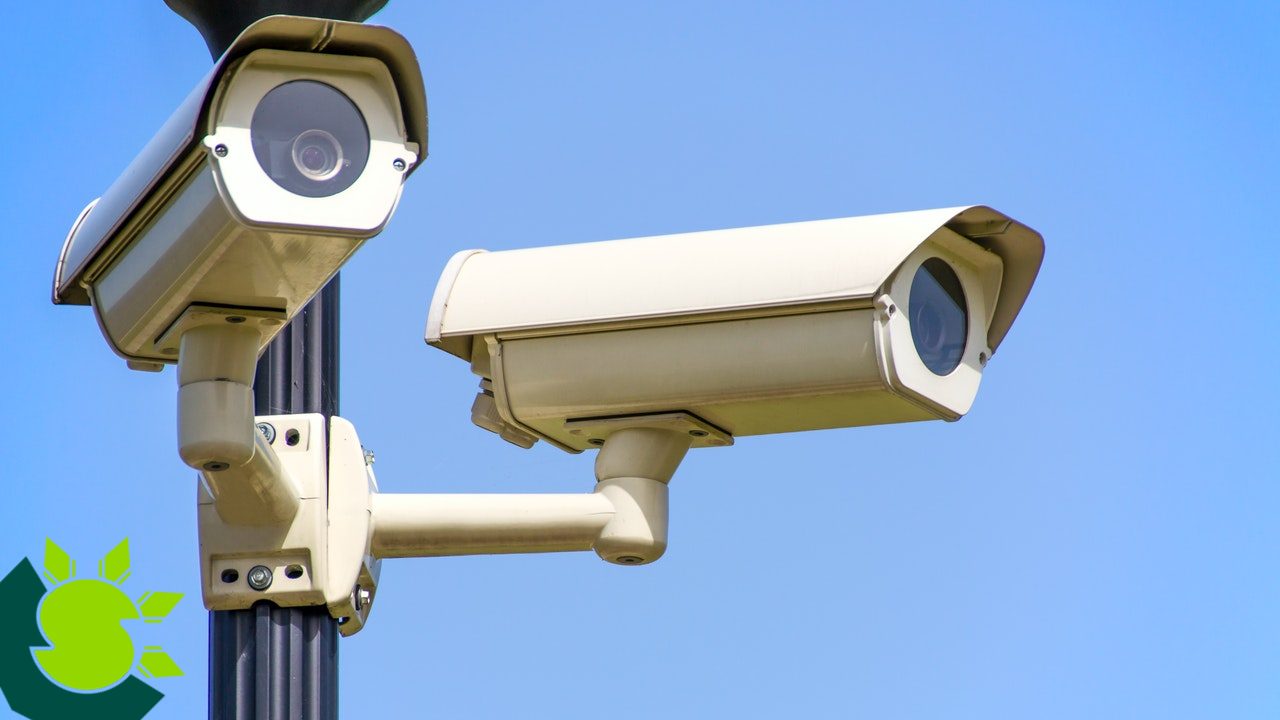
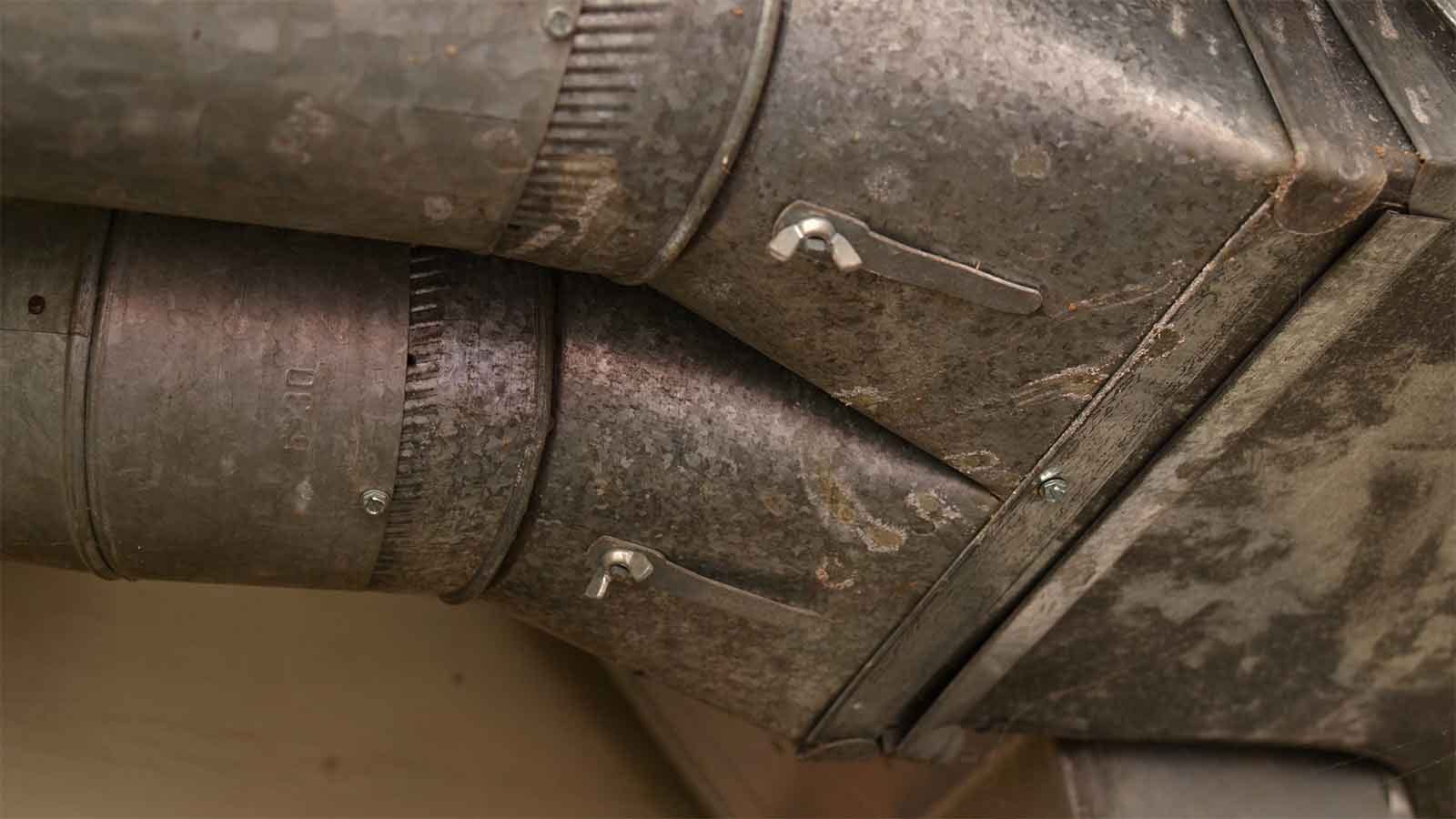
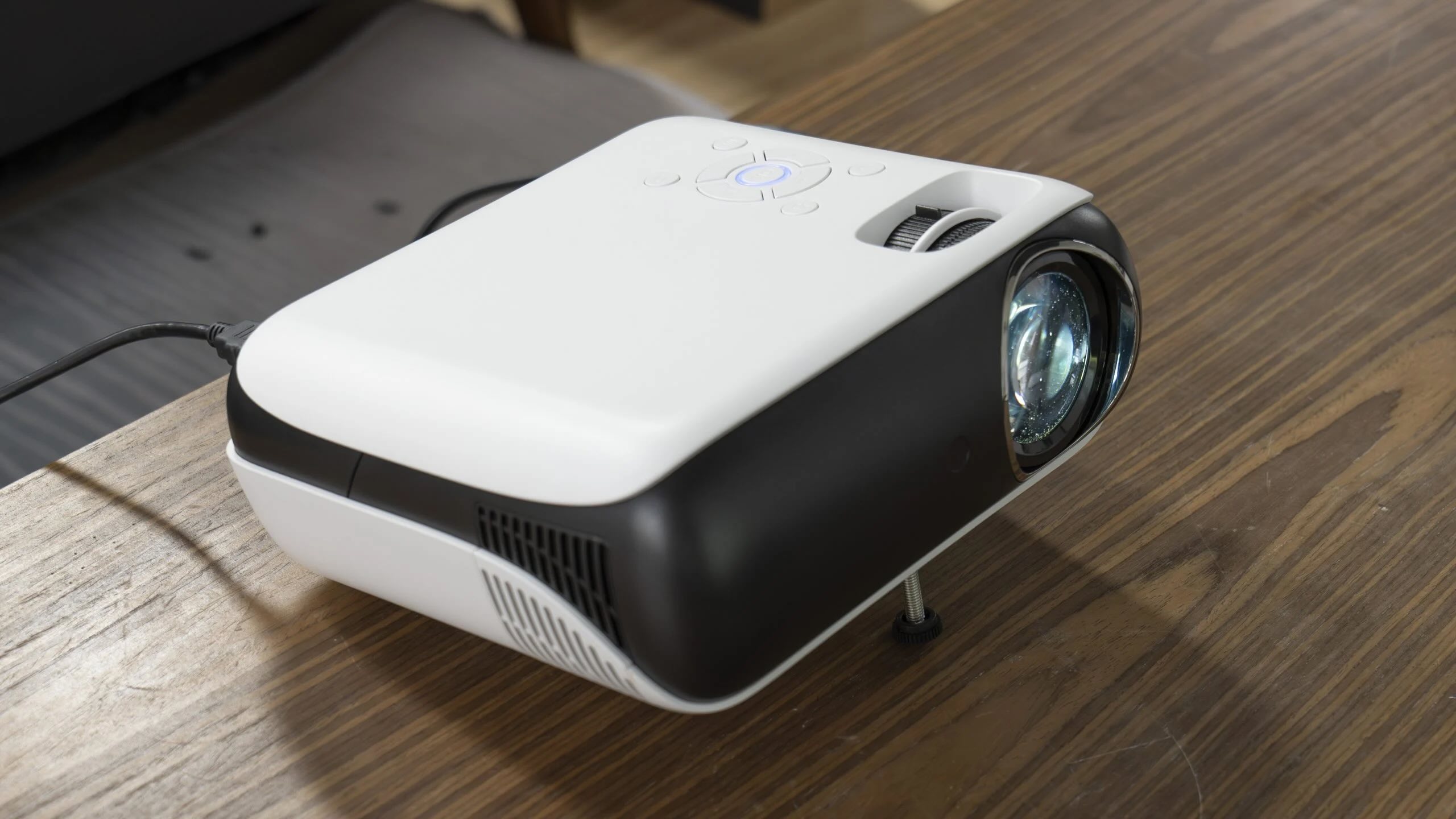
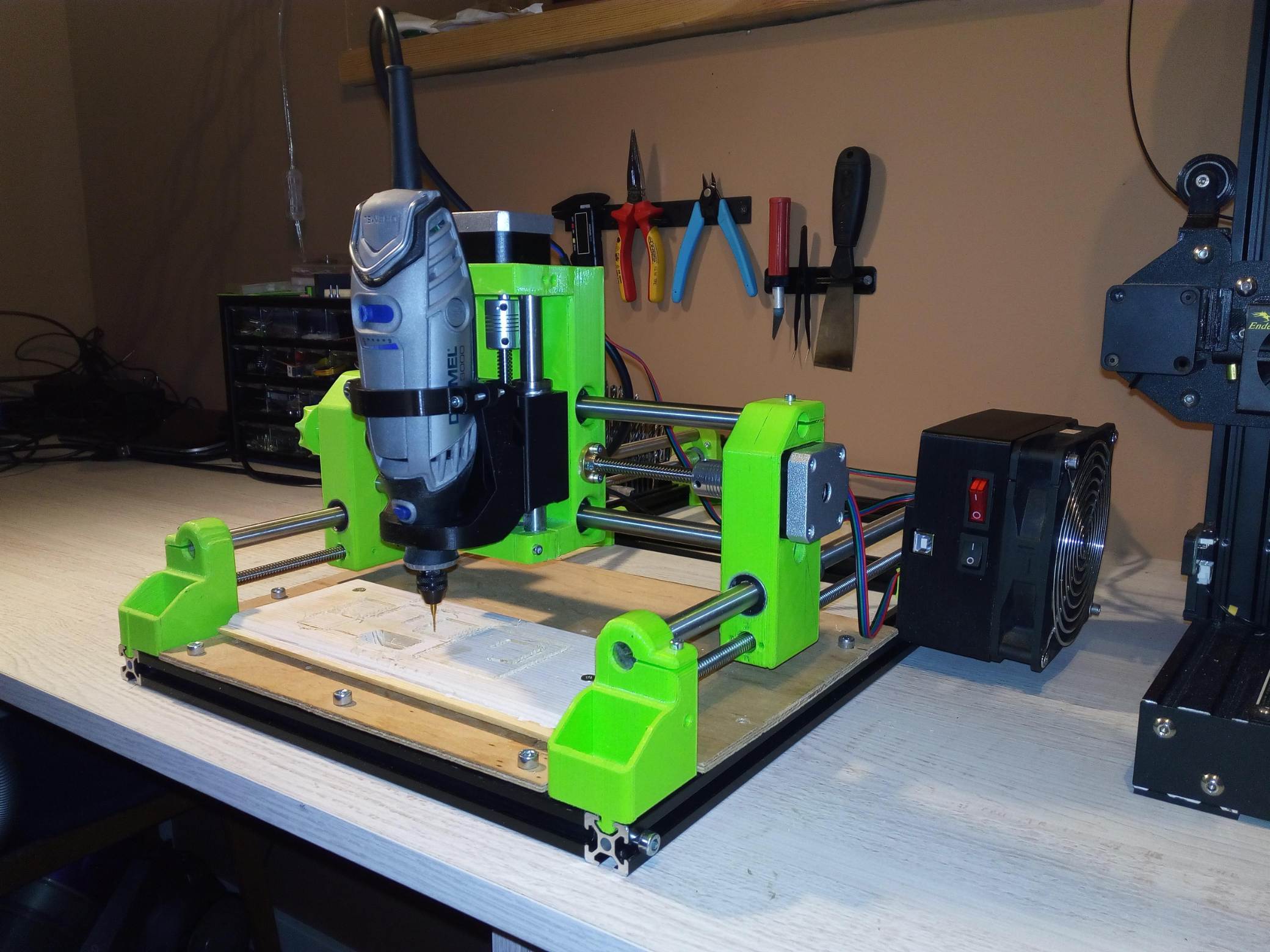

0 thoughts on “How To Adjust Invisible Fence Collar Strength”